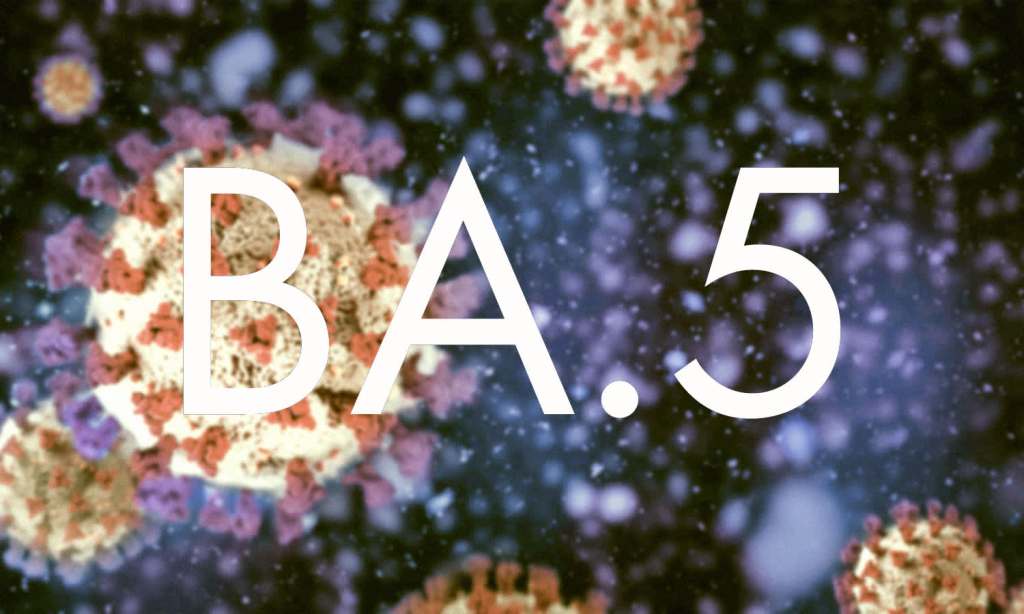At this point, COVID waves are almost retro. The latest surge in Australia has been pinned on the BA.5 variant which is currently marching through the country and rendering whole offices out of action.
Worse than that, health experts are warning that demand for hospital beds is threatening to outstrip supply as the numbers ramp up and healthcare workers succumb to the virus.
On Monday, Australia reported nearly 40,000 new COVID infections, with 5,000 people in hospital with the disease. 29 people also died. However, these numbers likely don’t give an accurate representation, with Health Minister Mark Butler saying in a recent press conference that the true numbers are “likely more than double” those being reported.
In the same press conference, Chief Medical Officer Paul Kelly urged employers to encourage staff to work from home “if feasible” and review their COVID Safe plans. Masks in the office were also encouraged, however, the government has not made this a requirement.
Health authorities have long been warning that BA.5 is far more infectious than anything we’ve previously experienced and that its ability to evade immunity is strong. While the new strain, along with its cousin BA.4, has been in the country for several months, we now have a much clearer idea of just how problematic this variant is.
Related: Vaccines For All: Moderna COVID Jab Approved For Under Fives
Related: Got That Spicy Cough? Here’s How to Claim the $750 COVID-19 Pandemic Leave Payment
Here’s the latest look at what you need to know about BA.5.
Why Is It Called BA.5?
COVID variants have been attributed Greek letters by the WHO to differentiate them. BA.5 is however not different enough to warrant its own letter and is still considered an offshoot of Omicron.
The original BA.1 strain of Omicron has spawned numerous variants, all with slightly different genetic properties, however, they all share the same basic genetic code and therefore cannot be considered a different variant entirely.
Related: Yes, COVID Can Shrink Your Penis, But Don’t Panic!
Related: So, You Have COVID — Should You Take Antiviral Paxlovid?
How Bad Is the BA.5 Variant?
The latest data tells us that BA.5 has three key mutations in its spike protein that make it better adapted at infecting cells in the body as well as evading our immune systems. This is why, in just a few short months, it has become the dominant strain in Australia, and likely the world, taking the crown from BA.2 which swept through our country at the start of the year.
A recent study in Nature found that because of these genetic adaptations, BA.5 is four times more resistant to COVID vaccines than previous strains. This is partly why Australia has officially reduced its COVID immunity period from three months to just 28 days. Because global immunity has increased so much since the start of the pandemic, through infection or vaccine, it’s only those strains that can evade this previous immunity that are likely to survive.
While hospitalisations are high here in Australia, that is not because BA.5 is more severe, but simply because it is infecting more people. The same story played out in South Africa, where the new strain was first identified. Case numbers went up, but hospitalisations did not increase exponentially.
Thankfully, vaccines and previous infections do offer some protection, meaning a BA.5 case is not likely to be as serious. However, it also means that the pandemic is far from over and we’re likely to keep catching these new strains as they emerge.
What Are the Symptoms of BA.5?
BA.5 is thought to cause similar symptoms to previous COVID strains. Those include the usual feelings of illness, fatigue, a runny nose, headaches, and muscle pain.
However, BA.5 and BA.4 appear to have adapted better to infecting the lungs and the upper airways. This means that they present symptoms more akin to infection in these areas, unlike Delta, which produced neurological symptoms like loss of smell and taste.
BA.4 and BA.5 are thought to produce a sore throat, a persistent cough, and tightness in the chest. In the US and the UK, where BA.5 is also dominant, current infections appear to present mainly with these symptoms. What’s slightly different is that these strains also seem to cause a greater range at once, leaving people with multiple symptoms during their illness.
Another weird quirk of the latest strains appears to be the occurrence of night sweats. One leading immunologist in the UK has spoken about the “strange” occurrence of people with the disease having difficulty sleeping and waking up hot. This is despite the fact that only one-third of US cases reported having fevers.
Of course, it’s impossible to say exactly which strain of COVID you have without genetic sequencing. If you come down with the disease soon though, it’s likely BA.5, especially if you’ve had it recently.
Read more stories from The Latch and subscribe to our email newsletter.







